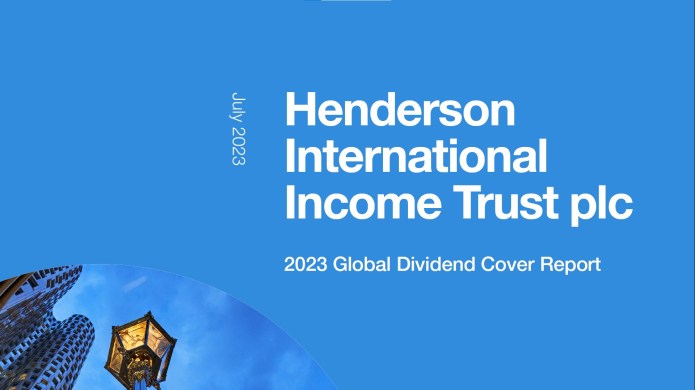- Global profits rose 5.8% to a record £3.06 trillion1 in 2022, 49% above pre-pandemic levels
- Oil companies were by far the biggest driver of 2022’s growth
- Asia Pacific, emerging markets and the UK saw the fastest profit growth in 2022 – long-term profit growth has been almost 2x faster outside the UK, however
- Profit Forecast: Global profit expected to be flat in 2023
- Global dividends jumped 20.1% to a record £1.26 trillion2 in 2022
- Dividends and share buybacks together totalled a record £2.29 trillion, up 25.4%
- Dividend Forecast: global dividends to rise 5.1% for 2023, taking the total to a record £1.33 trillion
- Dividends and share buybacks grew 4x faster than profits and 6x faster than cash flow in 2022
- Profits covered dividends and share buybacks 1.33x in 2022, down from record 2021 but in line with the long-run average
- Every industry grouping and every region saw lower cover year-on-year
- UK cover of 1.09x was below the global average and reflects the UK stock market’s particular sector mix. UK cover is the third lowest in the world among similar countries as a result. The two lowest cover regions are the US and Switzerland.
- Forecast for 2023: Flat profit and modestly higher payouts mean a slight decline in dividend and buyback cover for 2023, but remaining in line with long run average
- Sustainable, growing dividends are a crucial driver of long-term returns
- Companies will protect their dividend – buybacks typically bear the brunt of cash-preserving measures in a downturn
- Dividend cover is the comfort blanket. As profits grow, companies can increase the cash they hand back to shareholders
Read more
Disclaimer
There is no guarantee that past trends will continue, or forecasts will be realised.
References made to individual securities do not constitute a recommendation to buy, sell or hold any security, investment strategy or market sector, and should not be assumed to be profitable. Janus Henderson Investors, its affiliated advisor, or its employees, may have a position in the securities mentioned.
Not for onward distribution. Before investing in an investment trust referred to in this document, you should satisfy yourself as to its suitability and the risks involved, you may wish to consult a financial adviser. This is a marketing communication. Please refer to the AIFMD Disclosure document and Annual Report of the AIF before making any final investment decisions. Past performance does not predict future returns. The value of an investment and the income from it can fall as well as rise and you may not get back the amount originally invested. Tax assumptions and reliefs depend upon an investor’s particular circumstances and may change if those circumstances or the law change. Nothing in this document is intended to or should be construed as advice. This document is not a recommendation to sell or purchase any investment. It does not form part of any contract for the sale or purchase of any investment. We may record telephone calls for our mutual protection, to improve customer service and for regulatory record keeping purposes.
Issued in the UK by Janus Henderson Investors. Janus Henderson Investors is the name under which investment products and services are provided by Janus Henderson Investors International Limited (reg no. 3594615), Janus Henderson Investors UK Limited (reg. no. 906355), Janus Henderson Fund Management UK Limited (reg. no. 2678531), (each registered in England and Wales at 201 Bishopsgate, London EC2M 3AE and regulated by the Financial Conduct Authority) and Janus Henderson Investors Europe S.A. (reg no. B22848 at 78, Avenue de la Liberté, L-1930 Luxembourg, Luxembourg and regulated by the Commission de Surveillance du Secteur Financier).
Janus Henderson and Knowledge Shared are trademarks of Janus Henderson Group plc or one of its subsidiaries. © Janus Henderson Group plc
